- GVP $807 million est. Up 18% year-on-year.
- Supply of raw milk continued to fall despite record high prices for dairy farmers.
- Flooding, labour shortages and increased competition for land and water resources from beef challenged production.
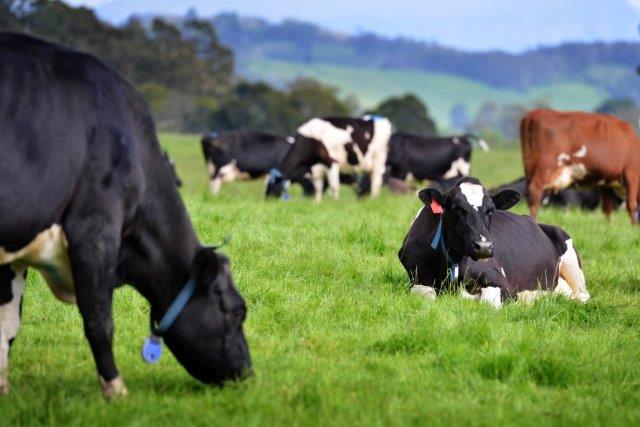
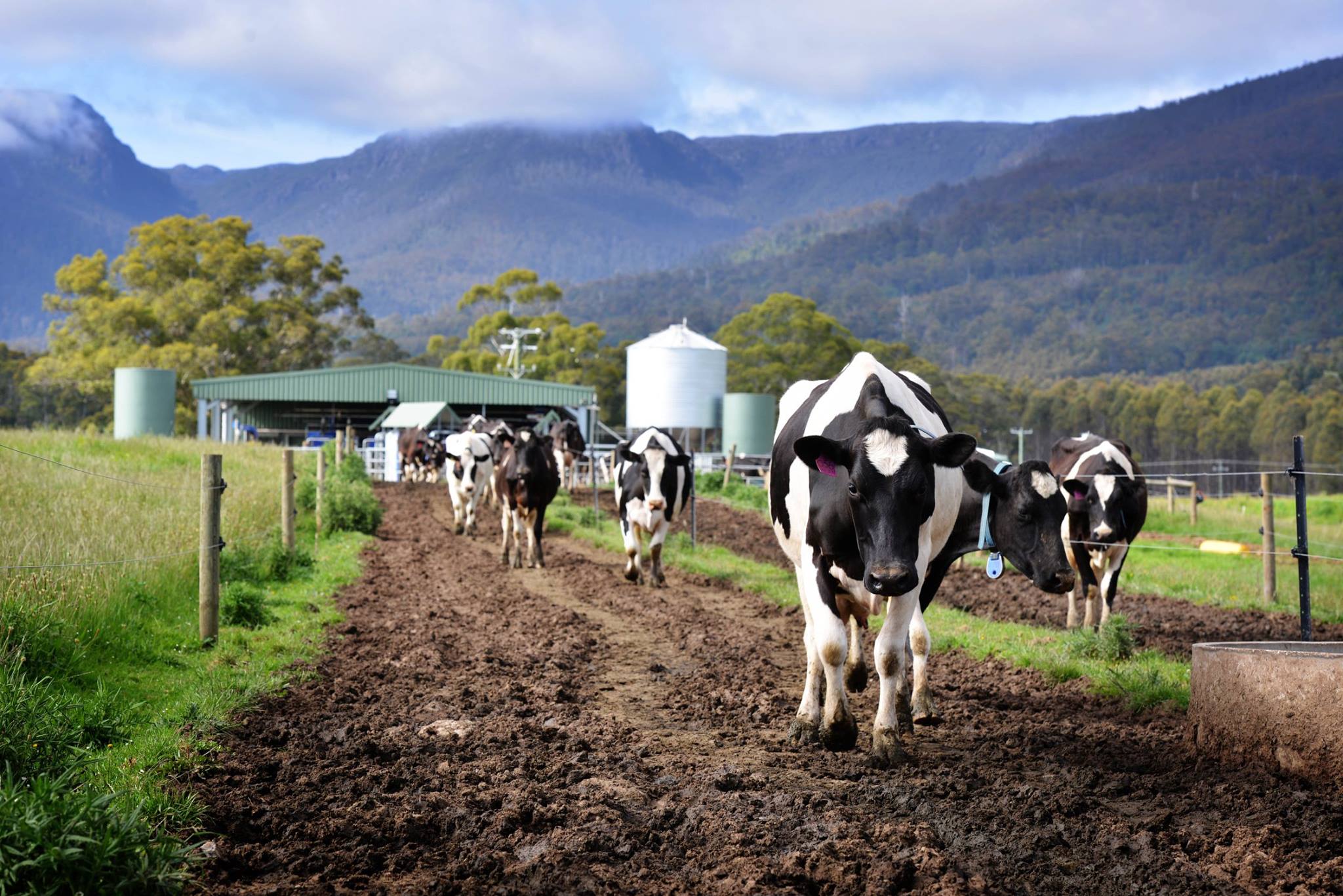
Production
Milk production in Victoria (Australia’s largest dairy production state) also continued to decline – down 5.9%. 14 Overall Australian milk production fell 5% with all states except Tasmania experiencing a decline. 14
Price
NSW Milk Supply vs Farmgate Price 14 15
- Production (ML, LHS)
- $/Kg Milk Solids (RHS)
Trade
High farmgate prices are making it difficult for processors to compete in export markets. A lower Australian dollar is providing some relief however competition from imports is also rising meaning processors are facing increased competition in both domestic and export markets. The value of dairy imports into Australia rose 33% to $1.9 billion a new record high. 35
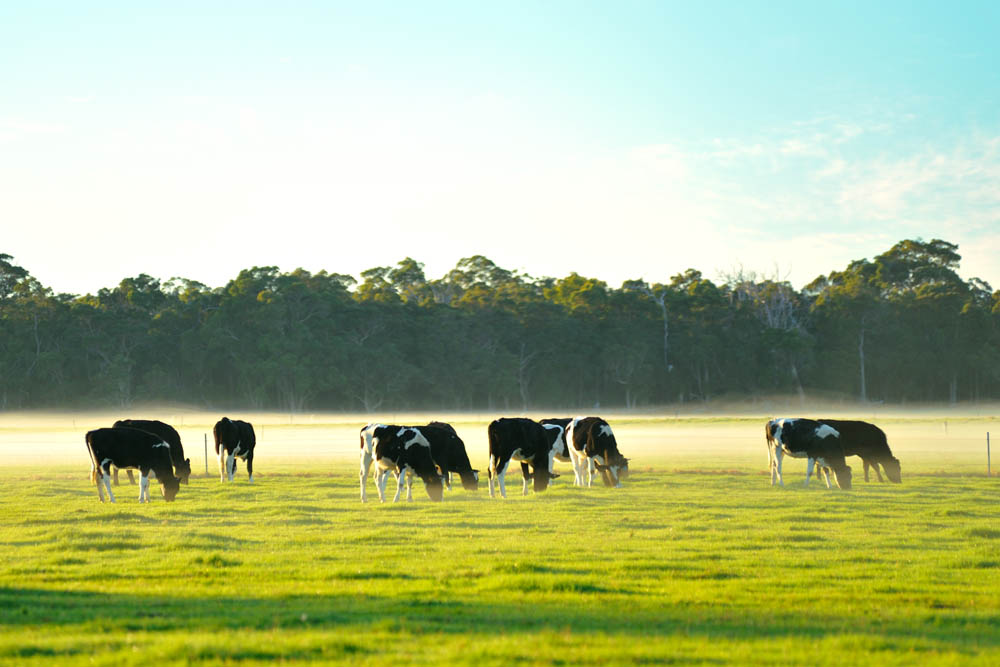
Outlook
However, processors are facing a very challenging outlook. Competition in export markets has increased in the last 12 months and, with some of the highest farmgate prices in the world, competing in these markets will become increasingly challenging. Imports are also rising which is increasing competition in the domestic market. Some of Australia’s largest processors have indicated that there may be too much dairy processing capacity in Australia unless there is a rapid recovery in farmgate supply.
Stronger Primary Industries Strategy
Emergency Animal Disease Hotline
Strategic Outcome

- 1.2 Coordinate timely and risk proportionate response
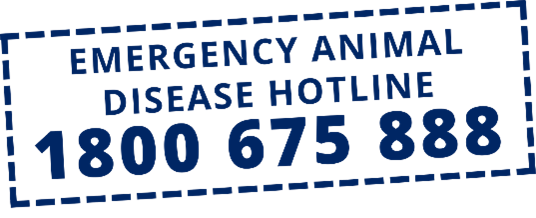
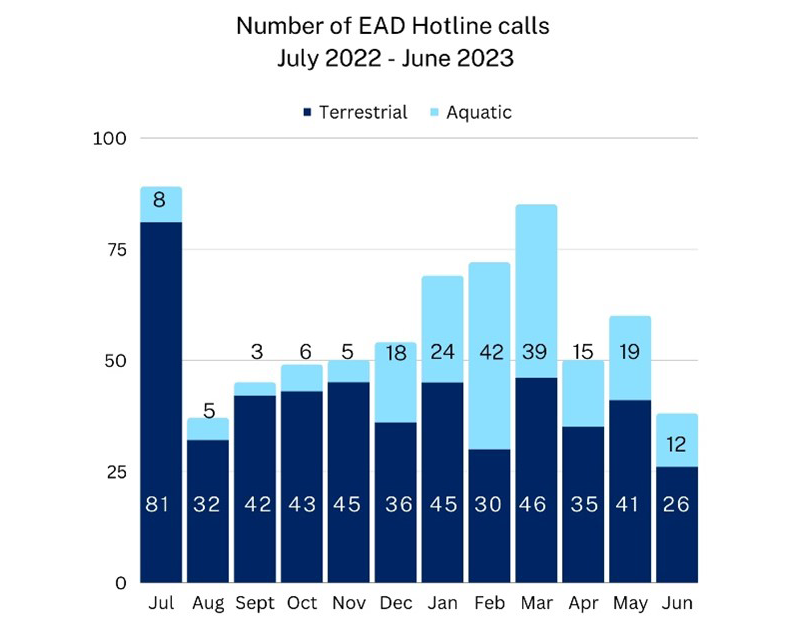
Between July 2022 to June 2023, the team responded to 723 aquatic and terrestrial EAD hotline calls – an average of two calls a day. Reports are risk assessed and progressed for further investigation as required.
The EAD hotline is a crucial part of NSW’s early disease detection armoury, where anyone can raise the alarm if they spot something unusual in our livestock or aquatic animals.


